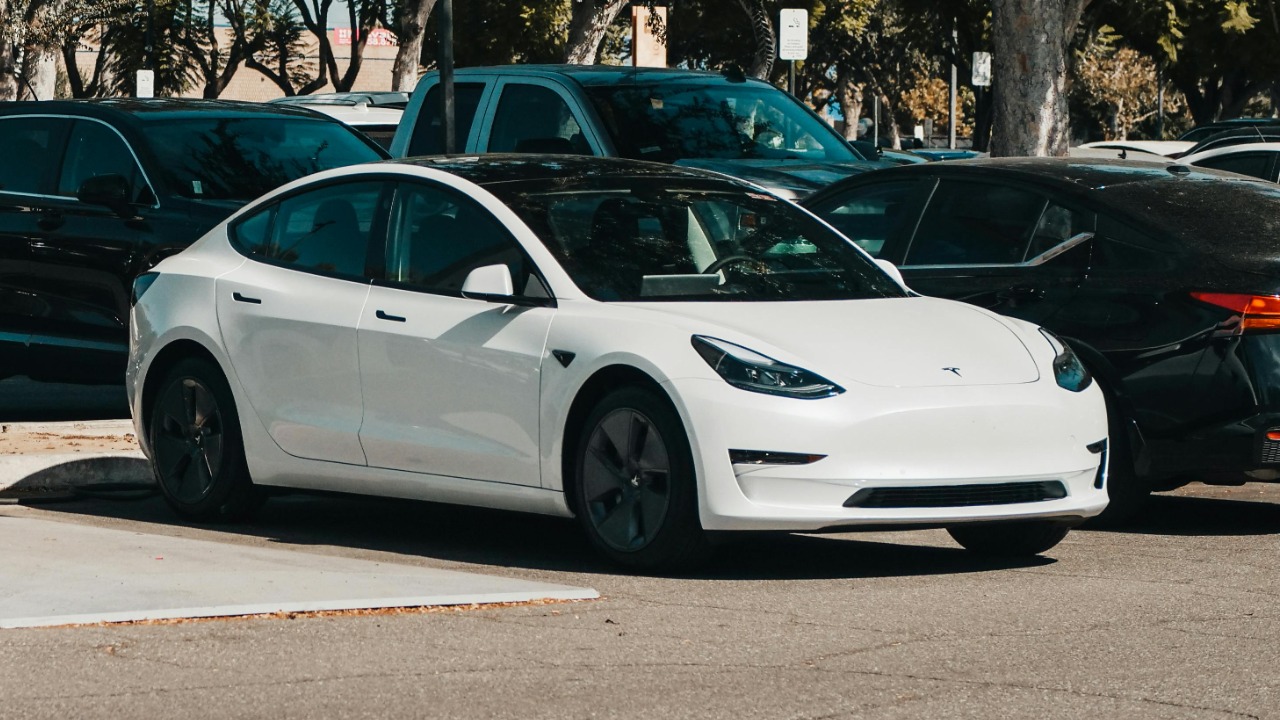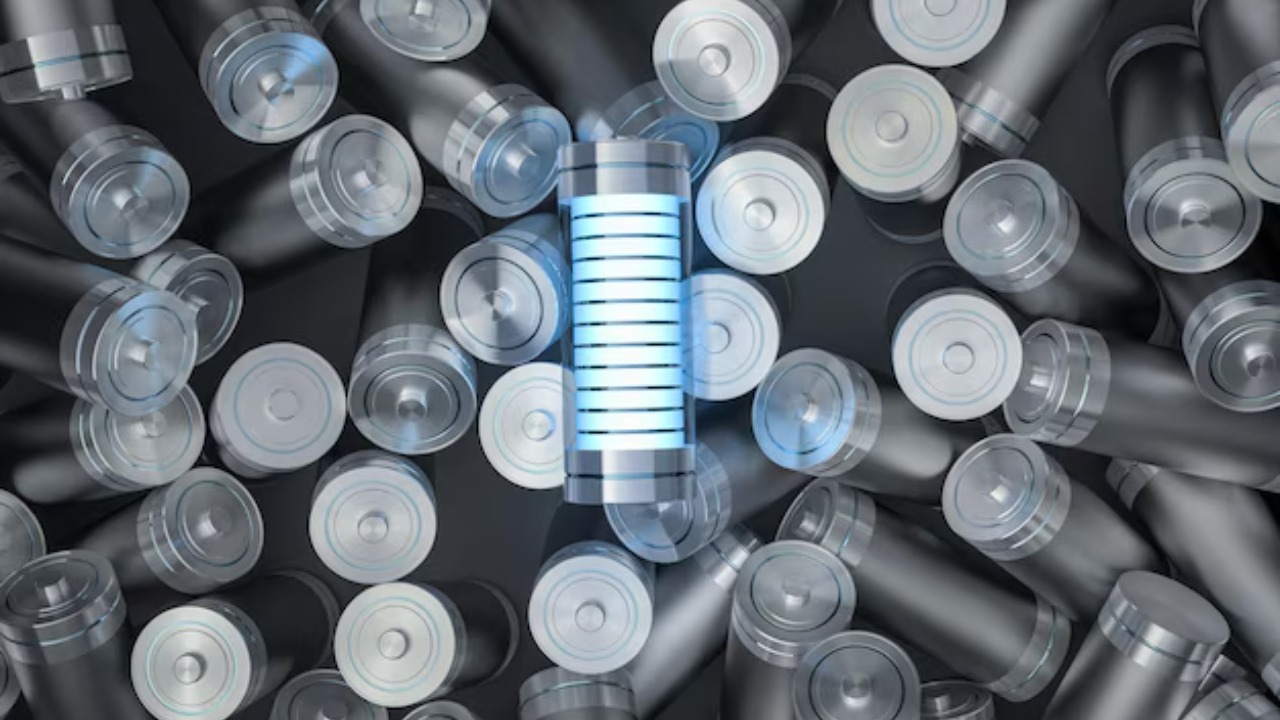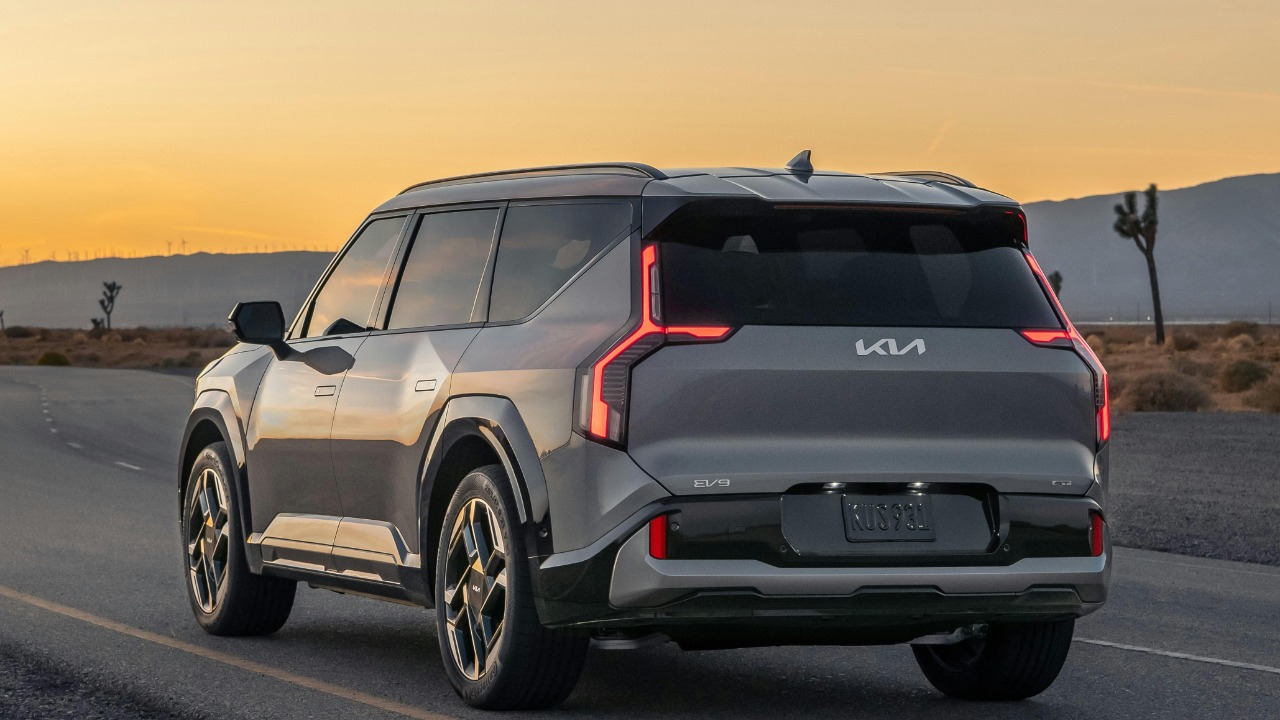
As the demand for electric vehicles (EVs) continues to escalate, the reliance on lithium-ion batteries presents significant sustainability and supply chain challenges. To address these issues, scientists and industry leaders are actively exploring alternative materials that could revolutionize battery technology, reduce dependency on lithium, and pave the way for more sustainable energy storage solutions.
The Limitations of Lithium-Ion Batteries

Environmental Concerns
The environmental impact of lithium extraction and processing is a growing concern. The extraction process involves substantial water usage and can lead to habitat disruption, threatening local ecosystems. In regions like the salt flats of South America, where much of the world’s lithium is sourced, the environmental costs are becoming increasingly apparent. These areas often face water scarcity, and lithium extraction exacerbates the problem by consuming large volumes of water, which could otherwise support agriculture and local communities.
Supply Chain Issues
The supply chain for lithium is fraught with geopolitical and economic challenges. As demand for lithium surges, so does the competition among countries to secure this valuable resource. Recent market dynamics indicate a volatile landscape, with prices fluctuating and supply chains strained by geopolitical tensions. For example, a recent report highlights how countries with lithium reserves are leveraging their resources for economic and political gain, potentially leading to supply disruptions.
Performance Limitations
Lithium-ion batteries, while prevalent, have technological limitations that hinder their performance. Issues such as limited energy density and slower charging speeds compared to potential alternatives make them less ideal for the evolving needs of EV technology. These limitations prompt researchers to seek materials that can offer higher efficiency and faster charging capabilities.
Promising Alternatives to Lithium

Sodium-Ion Batteries
Sodium-ion batteries are emerging as a promising alternative to lithium. Sodium is more abundant and less expensive, making it a compelling choice for future battery technologies. Recent advancements have improved energy density and extended cycle life, making sodium-ion batteries a viable option for large-scale production. Researchers are optimistic about the potential for these batteries to meet the growing energy storage demands of the EV industry.
Solid-State Batteries
Solid-state batteries represent another exciting development in battery technology. Unlike traditional lithium-ion batteries, solid-state batteries use a solid electrolyte, which can enhance safety and efficiency. This innovation reduces the risk of battery fires and increases energy storage capacity. As the technology matures, it holds the potential to revolutionize the EV industry by offering longer-lasting and safer energy storage solutions.
Other Emerging Technologies
Beyond sodium and solid-state technologies, elements like magnesium and aluminum are under exploration for their potential advantages. Magnesium, for instance, offers higher energy density and stability, while aluminum is noted for its lightweight properties and abundance. Research into these materials is ongoing, with promising results that could further diversify the battery technology landscape.
Case Studies and Recent Advances

Real-World Applications
Several companies and research institutions are at the forefront of developing and utilizing alternative battery technologies. For instance, some firms are already testing sodium-ion batteries in real-world applications, demonstrating their potential viability and effectiveness. As these technologies continue to advance, they provide valuable insights into the practical challenges and benefits of transitioning away from lithium-based solutions.
Breakthrough Findings
Recent studies, including those published in Nature, highlight significant progress in non-lithium battery technologies. These findings showcase the potential for alternative materials to offer comparable or superior performance to traditional lithium-ion batteries. Such breakthroughs are crucial for driving innovation and encouraging investment in new battery technologies.
Industry Adoption
The automotive industry is gradually warming to the idea of transitioning to new battery technologies. However, the shift is not without its hurdles. Infrastructure investments, regulatory approvals, and consumer acceptance are critical factors that will influence the pace and success of this transition. Industry leaders are closely monitoring these developments to determine the best course of action for widespread adoption.
Environmental and Economic Implications

Sustainability Benefits
Transitioning to alternative battery materials offers substantial sustainability benefits. These materials have the potential to reduce the environmental footprint of EV production by minimizing resource extraction and associated ecological impacts. In doing so, they contribute to a more sustainable and responsible energy future.
Economic Impact
The emergence of new supply chains and markets around alternative battery materials presents significant economic opportunities. As demand for these materials grows, so too does the potential for job creation and economic growth. New industries centered around the production and development of these technologies could invigorate local economies and drive innovation.
Regulatory and Policy Considerations
Government policies will play a crucial role in supporting or hindering the adoption of lithium alternatives. Incentives for research and development, as well as regulations that prioritize sustainability, could accelerate the transition. Policymakers must balance these considerations to ensure a smooth and successful integration of new battery technologies into the EV sector.
The Future of Electric Vehicle Batteries

Long-Term Vision
The adoption of alternative battery technologies could profoundly shape the future of the EV industry. By reducing reliance on lithium, the industry could achieve greater sustainability and resilience, paving the way for widespread adoption of cleaner transportation solutions. This long-term vision aligns with global efforts to combat climate change and reduce carbon emissions.
Challenges Ahead
Despite the promise of new battery technologies, several technical and logistical challenges remain. These include scaling up production, ensuring material availability, and optimizing performance. Continued research and innovation will be essential to addressing these challenges and unlocking the full potential of alternative battery materials.
Potential for Innovation
Ongoing research and development efforts are crucial for overcoming current limitations and uncovering new possibilities in battery technology. As scientists and engineers continue to explore the properties of alternative materials, the potential for innovation remains vast. This spirit of exploration and discovery will drive the next generation of breakthroughs in energy storage, shaping a greener and more sustainable future for all.